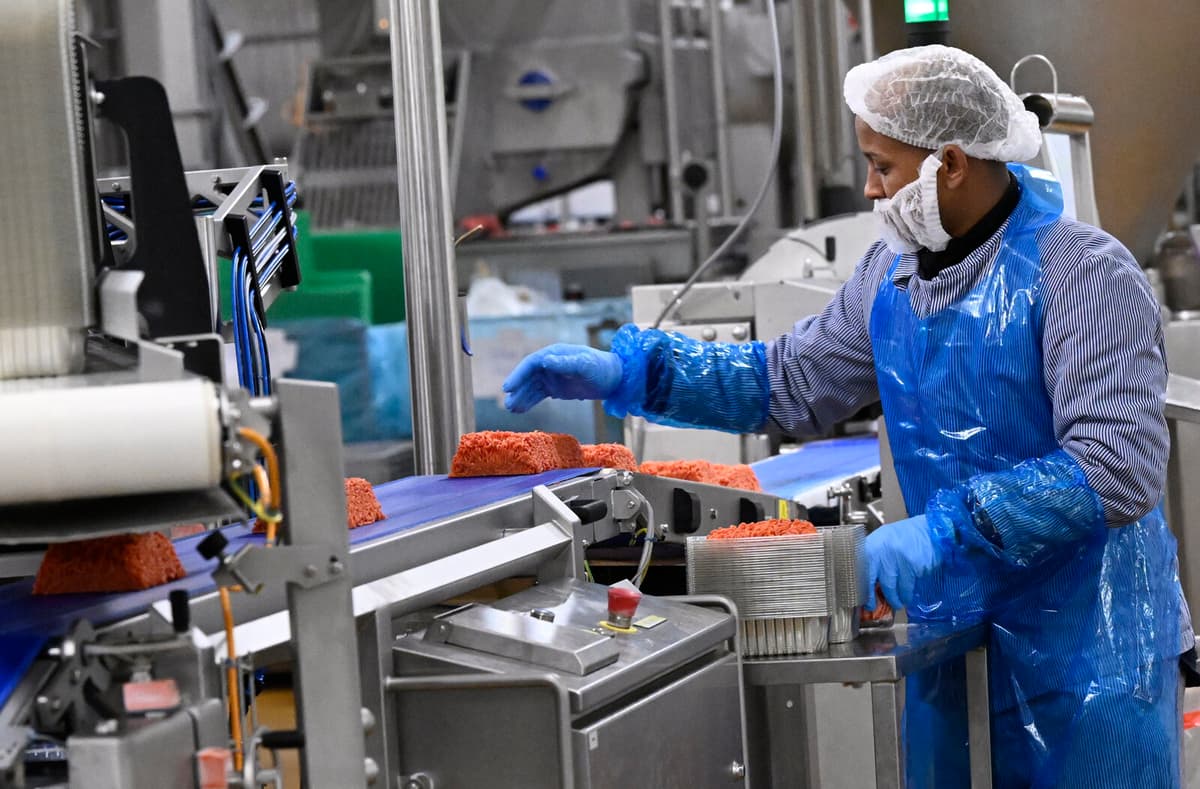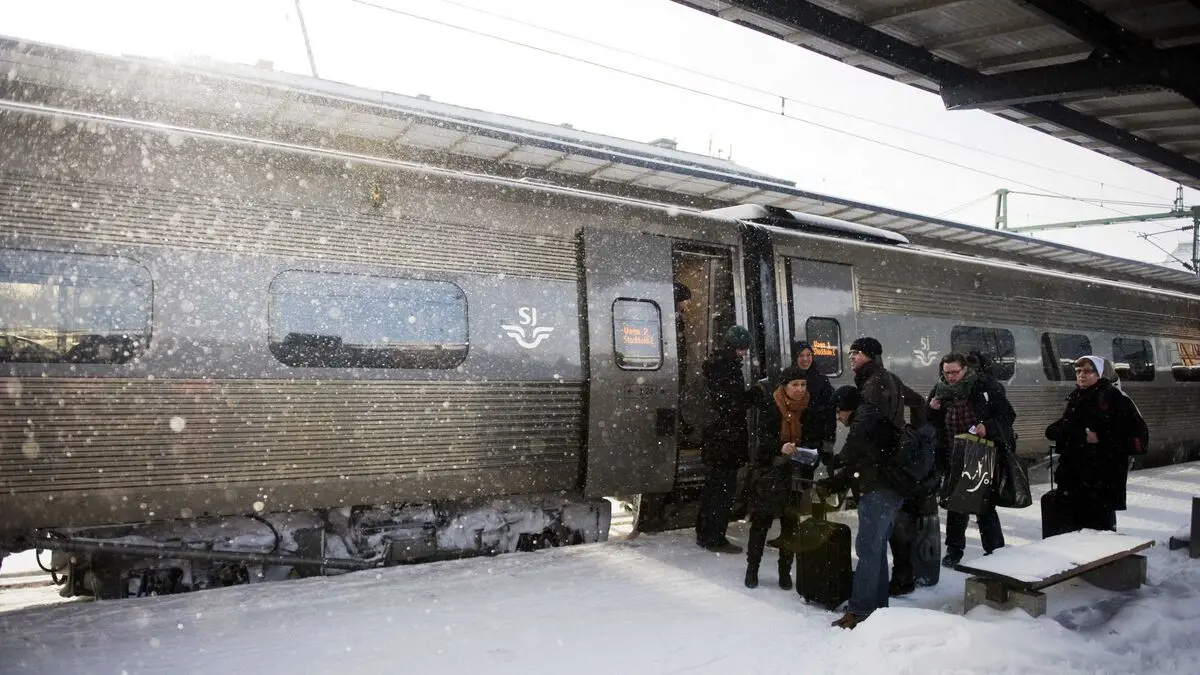The production facility outside Jönköping is rattling more than usual in the meat grinder. It's filled with frozen cauliflower and carrots, which are finely chopped before being mixed with beef in the next step.
Every day, 2,000 Guarantee packages – one ton – of the new hybrid beef roll out of the factory, a product that has managed to capture market shares in the country's Hemköp and Willys stores. Now, every 20th meat package sold in stores is hybrid beef.
Since frozen vegetables are cheaper than meat, the final product also becomes cheaper. In addition to the price, Ellinor Puerto, range development manager at Dagab, points out that it looks like beef, tastes like beef, and is placed in the fridge next to other beef as additional success factors.
When it's too complicated products – that you don't understand how to use – that are expensive and cumbersome, then you don't buy them. It has to be simple, you have to understand it directly and what to do with it. And it has to taste good.
A "inflation product"
Ica has a similar product where beef is mixed with 30 percent pea protein. It was developed as an "inflation product", intended to be a cheaper alternative.
But during the process, we also discovered that here we can make a product that adds value in another way by helping consumers eat a little more greens, says Mats Heljestrand, meat manager at Ica.
Ica also sells around one ton per day, a single percentage of the total volume.
But it's one of our largest volume news that we've released in a long time, actually.
Both Ica and Axfood launched other hybrid products earlier that failed.
Eight years ago, we launched a beef with 30 percent vegetables. It didn't work at all then. We learned from that and that's why we chose to go this way now where we instead launched a product that doesn't deviate much in appearance, taste, or consistency, says Heljestrand.
Best aim for beef
Ellinor Puerto explains that Axfood launched hybrid sausages earlier. But they sold poorly and disappeared. Maybe the time wasn't ripe, or they weren't good enough.
If it's not good, then no one wants to buy it, she states.
Now there are more products, in addition to beef also hamburgers in the store. Axfood has developed frozen fish cakes, consisting of pikeperch and broad beans, as well as a herring patty, consisting of herring and broad beans.
There are many proteins that you can blend with something plant-based. It can be vegetables, legumes, or grains. But beef is the protein that has the highest climate impact, so from that perspective, it gives the most benefit to blend beef, says Puerto.
According to Axfood, the 650 tons of hybrid beef the company has sold so far have reduced emissions by 9,100 tons of carbon dioxide equivalents, roughly the same as the company's transport emissions for a year.
Elin Röös, who researches sustainable food systems at the Swedish University of Agricultural Sciences, looks positively on hybrid products.
It's a great way to reduce meat consumption. It's quite hard otherwise to get people to eat differently – we are very driven by habits. If you can quite easily make your usual favorite dishes but with an ingredient with significantly lower climate impact, then it's very positive, she says.
"Can blend yourself"
Critics could argue that hybrid beef gives an alibi to continue eating meat as usual. But Elin Röös points out that "not everyone can start cooking chickpea stews", and that beef can contribute to biodiversity if cows graze on natural pastures.
It's not that all beef has to go away. In a sustainable diet, there can be a certain amount of beef if it comes from a good production, she says.
So she thinks you can buy hybrid products with a clear conscience.
In a way, it's funny that these products exist at all. You can just buy regular beef and grate carrots and mix it yourself, says Elin Röös and adds:
But we are quite lazy when we cook – including myself – so I understand that this product exists and works.
Axfood: Beef and vegetable mix, as well as hamburgers (25 percent carrots, 25 percent cauliflower, 50 percent beef. Frozen fish cakes consisting of half broad beans.
Coop: Hybrid beef developed with Protos with half beef, half lentils. Sold initially on Gotland and in Stockholm.
Ica: Household beef and hamburgers consisting of 70 percent beef, 30 percent pea protein
Danish Crown: Has a hybrid beef consisting of half beef and the other half a mix of parsnip, lentils, and carrots.
Animal production accounts for almost 15 percent of global emissions. Beef has the largest climate impact of meat, followed by lamb and pork.
Every kilo of beef causes emissions of 23-39 kilos of carbon dioxide equivalents.
If cows eat feed made from soy, large amounts of pesticides are used. Soybean farming also pushes out nature, and the competition for beans drives up the price of one of the world's staple crops.
However, grazing animals like cows and sheep can keep pastures open, which can be good for biodiversity.





